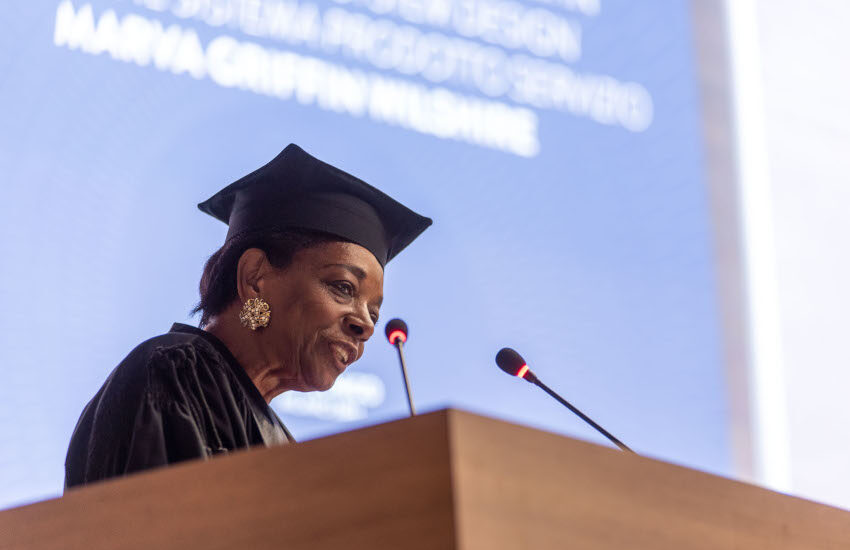THE PROFILE
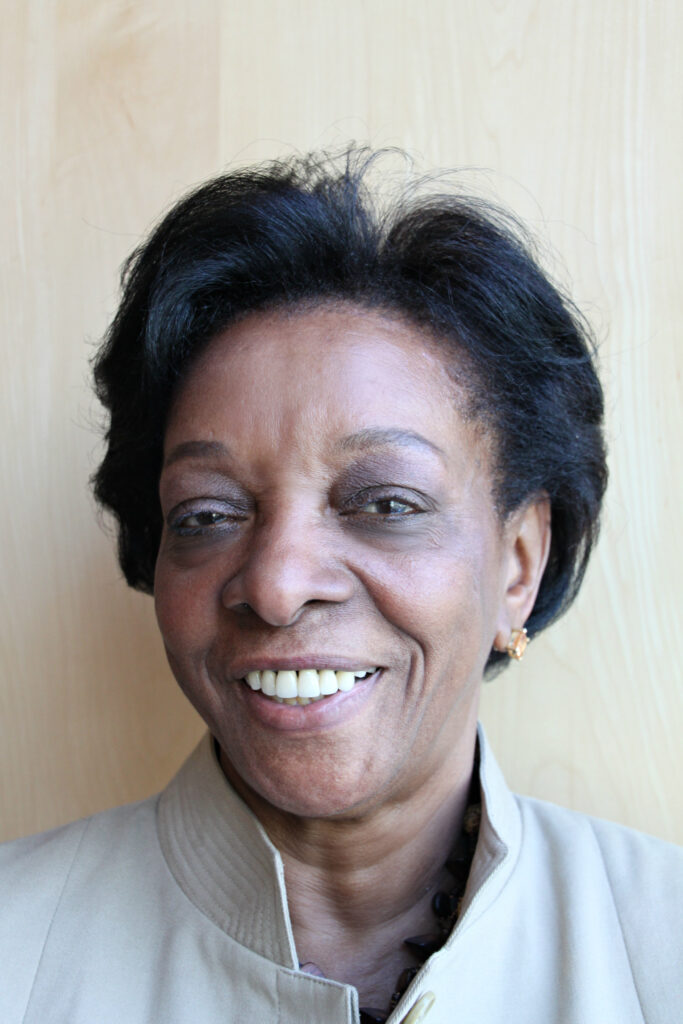
© Barbara Chandler
That of Marva Griffin Wilshire, Venezuelan by birth, Italian citizen and Milanese by adoption, is a life programmatically dedicated to design, particularly close to all the specificities that have characterized Italian design, a world significantly intertwined with the culture of architecture and furniture.
An infinite passion and energy, hers, which have allowed her to become, in the course of fifty years of work, a fundamental presence in the international design system, recognized by all the most important interlocutors as the “great godmother of design “(Paola Antonelli).
In the last twenty years, in particular, her work has become even more real “mission”, since she conceived and since then curated the SaloneSatellite. A unique reality in the world, created within the Salone del Mobile in Milan, which since 1998 has become the “gymnasium” to welcome, grow and promote the new designers of international design, putting them in dialogue with the best production companies, and giving them the chance to make your dreams come true.
In conjunction with the 2021 edition of the Salone del Mobile, the Politecnico di Milano awarded her an Honorary Master’s Degree in Product Service System Design – Design for the Product Service System.
Only half an hour to go before the start of her honorary degree award ceremony. Marva Griffin, visibly excited, juggles greetings and rehearsals of her donning her gown. Despite the intense activity behind the scenes, she agrees to meet us, always smiling, always willing to talk about her passions. She is excited. Despite this, she is resplendent in her beautiful fuchsia dress, which brings out her amber complexion and bright, shining eyes. An original rose-shaped ring adorns her hands, which betray the tension of such an important day.
THE MEETING
There is only half an hour left for the award ceremony for his honorary degree. Visibly excited Marva Griffin juggles the greetings and the dressing tests. Despite the feverish activity behind the scenes, she agrees to meet us, always smiling, always available to tell her passions about her. She is very excited. And, despite this, she shines in her beautiful fuchsia dress, which brings out her amber complexion and her bright, bright eyes. An original ring in the shape of a rose adorns her hands, which betray the natural tension on such an important day.
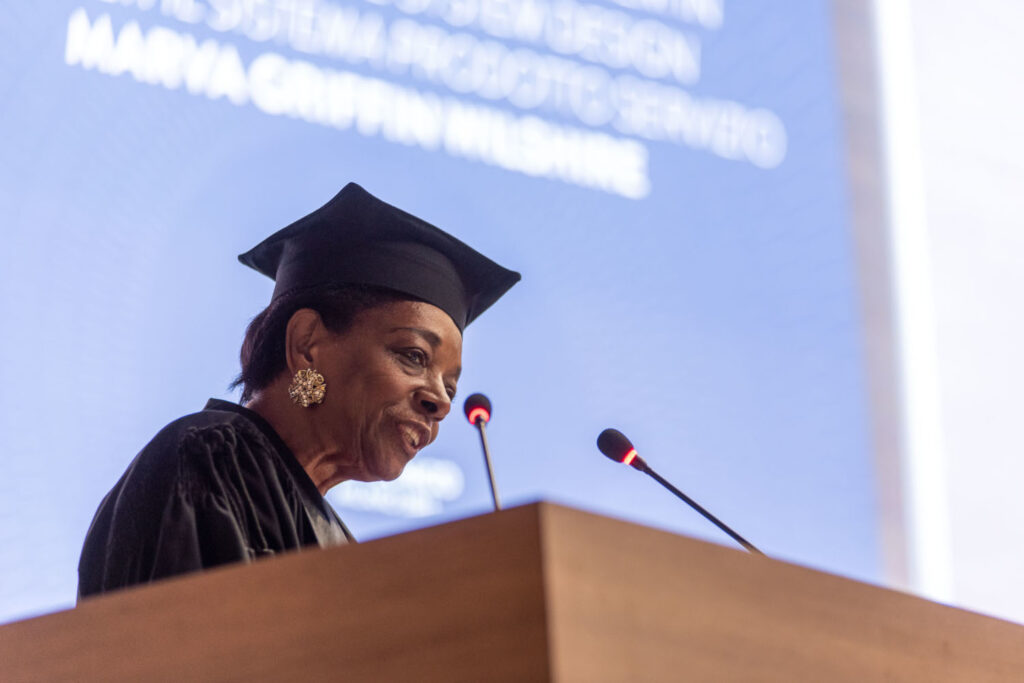
Thank you for giving us the opportunity to meet you here before the event. We have little time, but we would like you to tell us about your training. What has had the greatest influence on your choice to work in design?
Since I was a child, I have always had a passion for the home, furniture, and flowers. We were eight siblings: five girls and three boys. My mother, my grandmother and my sisters spent a lot of time in the kitchen, making cakes that they took to friends and neighbours. I preferred to take care of the flowers and move furniture around the house. I would get angry if they were not in MY position. [laughs]
I really had a passion, and I used to spend my allowance to buy furniture magazines such as House Beautiful and House and Garden in the only department store in my small town, El Callao, Venezuela.
Where did you study?
I studied a lot: I went to primary school in El Callao, and high school in Trinidad, in the Caribbean. My dad was born there, on the island of Nevis, a former British colony, and his family moved to that small town because of the gold mines there. Then he was sent to study in England, and my sister and I inherited his passion for the English language. Then I went back to Caracas, where I started studying interior decoration at the Academy.
And then there was Europe, Italy. And particularly Milan…
Like every South American, I had a passion for Europe. My end-of-school prize was the tour I wanted: Rome, Venice, Vienna, Paris and London. My favourite subjects were geography and history, and I was fascinated to read about the history of Italy.
I started working, got married young, had a son, and decided to come to Italy, Perugia, to the University for Foreigners, where I learned Italian. I then thought of moving to Rome, but a friend who knew me well recommended Milan: “It’s your city”, he told me.
And indeed it has that way…
By pure coincidence, my diplomat brother was sent to Geneva, and after discovering that it was only a four-hour trip from Milan, my son and I often went to see him. I went back to Venezuela for six or seven months, but then I decided to return to Italy.
In Milan, a friend pointed out two job advertisements in the Corriere. One was for C&B of Cassina and Busnelli (now B&B): that’s where I was selected and where I really discovered Italian design. It was the 1970s, was a wonderful experience: I was an assistant and interpreter, I was in charge of communication.
What was it like to work in such an environment?
People like Mario Bellini, Afra Bianchin Scarpa, Gaetano Pesce were at home there. I breathed that creative air every day. It was a great school for me.
Busnelli wanted my desk to be next to his so that I could listen to everything, travel, communicate what was happening in the company in English. Just think, he only spoke in dialect.
Everyone happened to pass through, because C&B was a leading company in the 1970s, and its technology was based on the Busnelli and Cassina combination and technological innovation. Companies came to visit us, and then we went to them, opening markets in New York, Brazil, Australia – Sydney and Melbourne – and then Japan. We went around the world not in 80 days, but in 25.
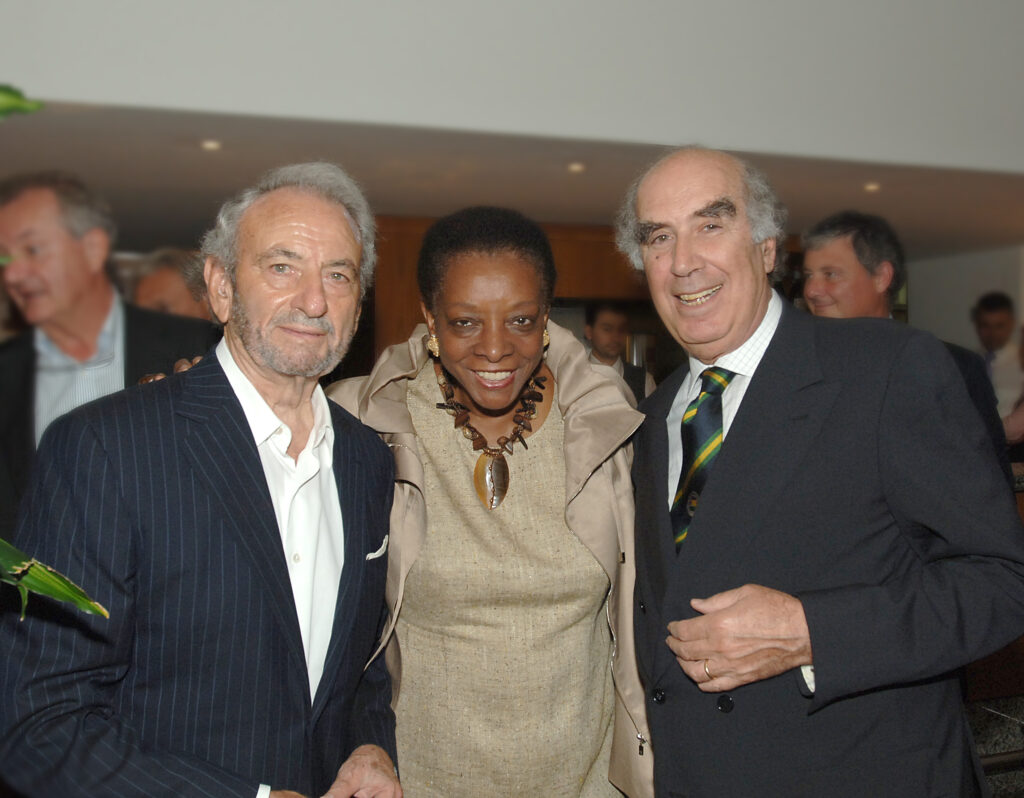
By then you were internationally known.
They called me to work as a correspondent for the magazines Maison & Jardin and American House & Garden.
Busnelli was very jealous, because he thought I was going to work with another Brianza man. Then he understood, and allowed me to work for the magazine, while I continued to do freelance PR for him.
I then started to organise exhibitions, many in Venice at Palazzo Grassi, like one on textiles with Beppe Modenese, who organised the silk exhibition in Como.
And then came the Salone del Mobile…
One day Manlio Armellini [future CEO and for many years the soul of the Salone di Milano – Ed], whom I had met on my first day at C&B, said to me: “Marva, I need you!””, and I started to work with him to manage relations with the international press at the Salone del Mobile.
There I realised that there was a strong, collective need for young designers to have their own space and recognition, to show their creativity to exhibitors, manufacturers and companies. Armellini gave me carte blanche and told me “See what you can do for these guys”. And so the following year, in 1998, Salone Satellite was established.
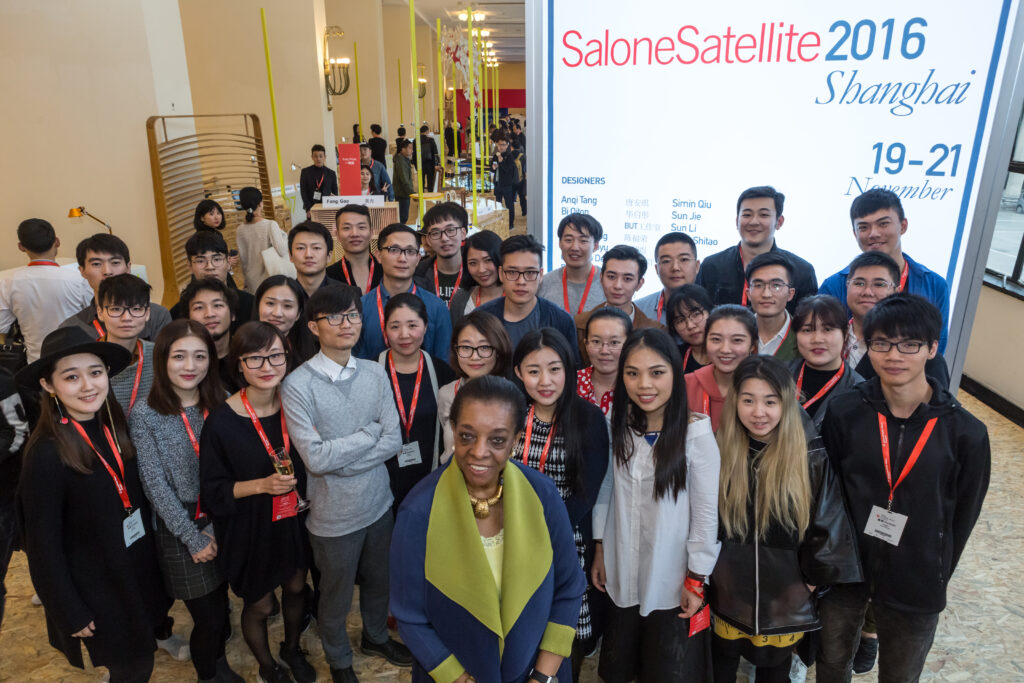
And how has it changed over the years?
It hasn’t changed substantially, but it has evolved over time. The guys have been good right from the start: now there’s the digital world and 3D printing, it’s a continuous evolution. My great satisfaction is that so many young people who started with me have become great international designers.
Is there anyone you remember?
I don’t like to name just a few. But among the many I remember a Japanese guy, Oki Sato, from the Nendo design studio, who was a true creative genius. He’s the one who designed the flame for the Tokyo Olympics; but he does everything, and here in Italy he’s sought after by many companies.
Then there are the Italians, like Paolo Ulian, who recently created the layout for the Enzo Mari exhibition at the Triennale.
The exciting thing is the bond that is created, because I keep in touch with all of them.
But how important is research in this sector? Trying to reconcile traditional manufacturing with technological innovations.
For the guys, it’s fundamental to combine tradition and innovation: they are very good and attentive to all this. Now that there is so much talk about sustainability, I noticed from the early years the care they took, for example, when they drew on wood. There was a Chinese guy who designed the stand ten years ago, and even presented his wife’s dress in 3D.
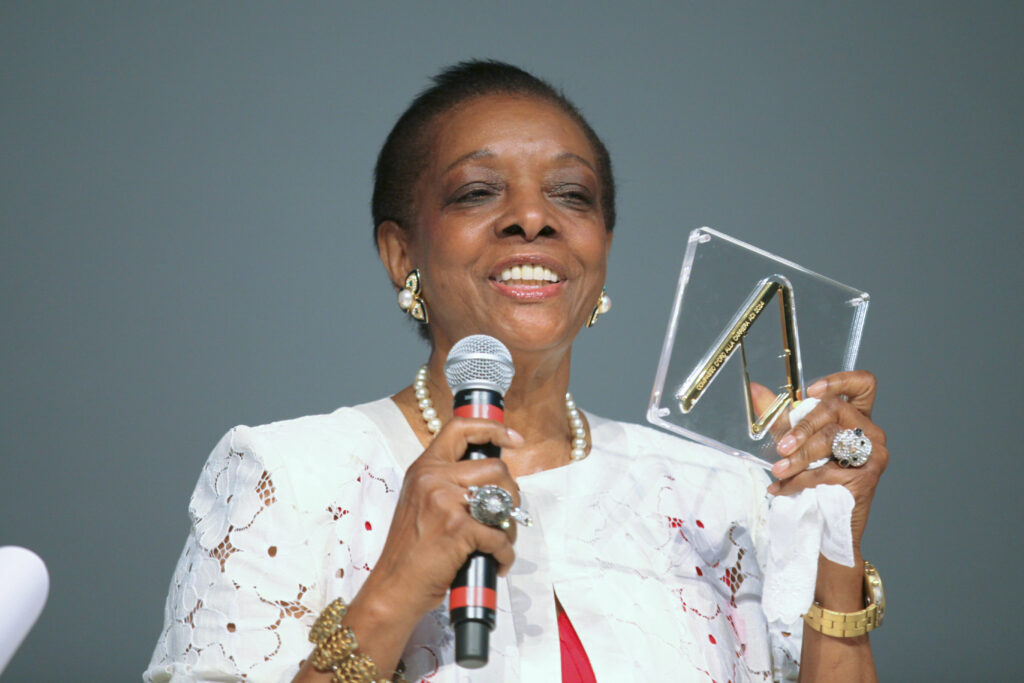
“Progettare per i nostri domani” (Designing for our tomorrows) was the title of last year’s Salone Satellite, which didn’t happen.
Yes, the idea was to focus on those who have difficulties, disabilities; on the most fragile, children, the elderly. Tomorrow will remain the theme for the next event in 2022, with a reflection on designing a world where it is possible to live better.
Passion, tenacity, talent, curiosity. What are the features that a designer should have, in your opinion?
Firstly curiosity. Then you have to choose a school that gives a good preparation. Finally, you have to read, see, not copy, but inform yourself about everything that’s going on, keep up to date.
You were awarded the Ambrogino d’oro by the mayor, as a woman and professional with an international and cosmopolitan vision, but with a deeply Milanese soul. How did Milan welcome you, and how have you seen our city change over the years?
I am grateful to Milan and the Milanese who have welcomed me and whom I adore. First they gave the Compasso d’oro to the Salone Satellite, then the Ambrogino d’oro, which I love because it is a recognition of this city. The crowning achievement of a life dedicated to design came with this degree, which I really didn’t expect [she was moved].
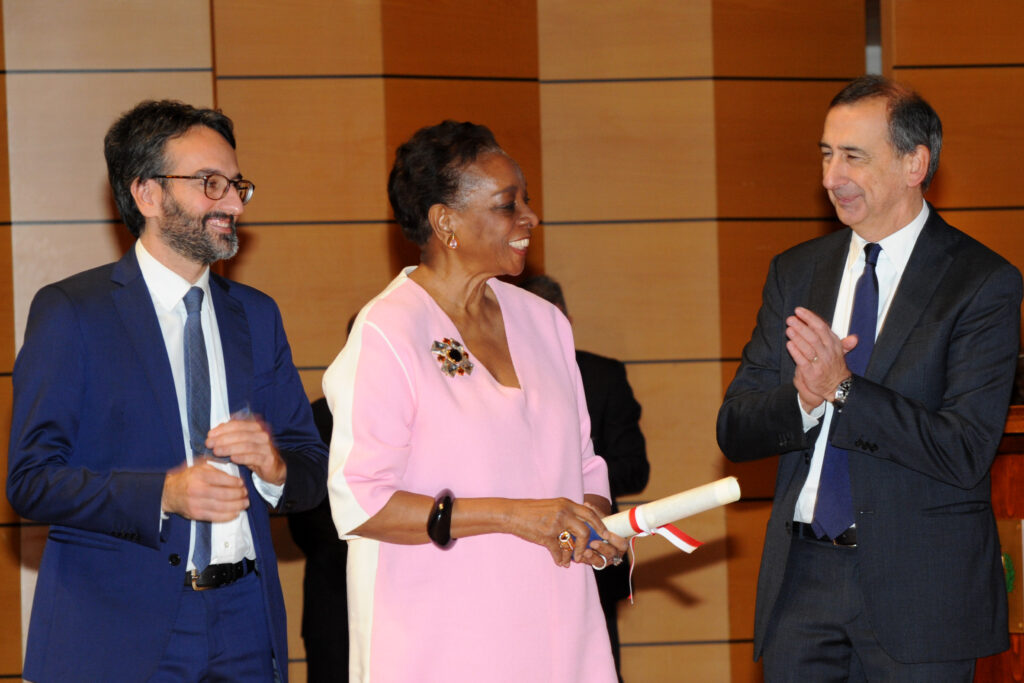
What do you recommend to a young designer who is entering the world with a view to a career?
As in all things, you have to be patient. You don’t get there overnight, you don’t just say: “I want to become Philip Stark” and immediately reach the top. It takes patience, perseverance, curiosity. And above all, develop talent. As I said before, you have to study, be curious, travel, get information, visit museums and beautiful places. Italy is an open-air museum and has a crazy industrial productivity.
Today, Italian design is international: Philip Stark is an example. As I said at a conference in Paris: Italian industry is open to dialogue; even the smallest companies cultivate design.
*
We thank Marva Griffin for showing us her talent, which is being acknowledged today, and her great humanity. She smiles at us once again as she puts on her cap and is about to cross the threshold of the stage where a few minutes later she will give her lectio magistralis.

